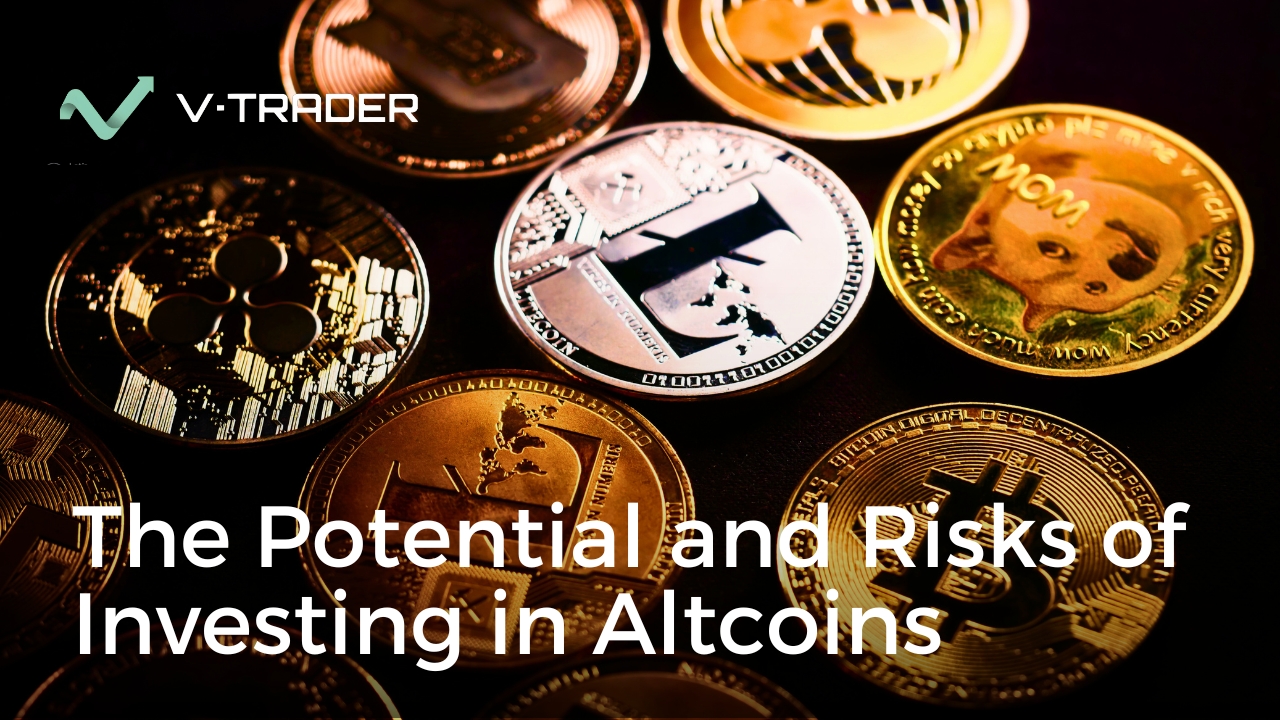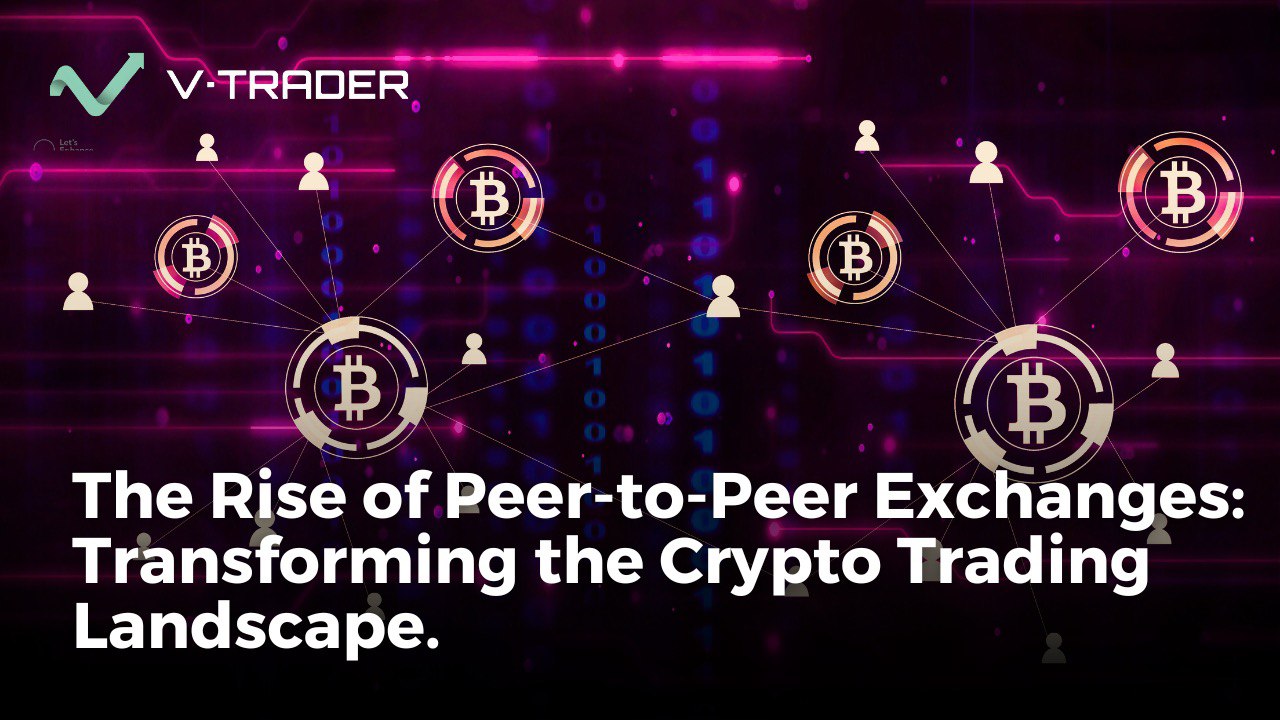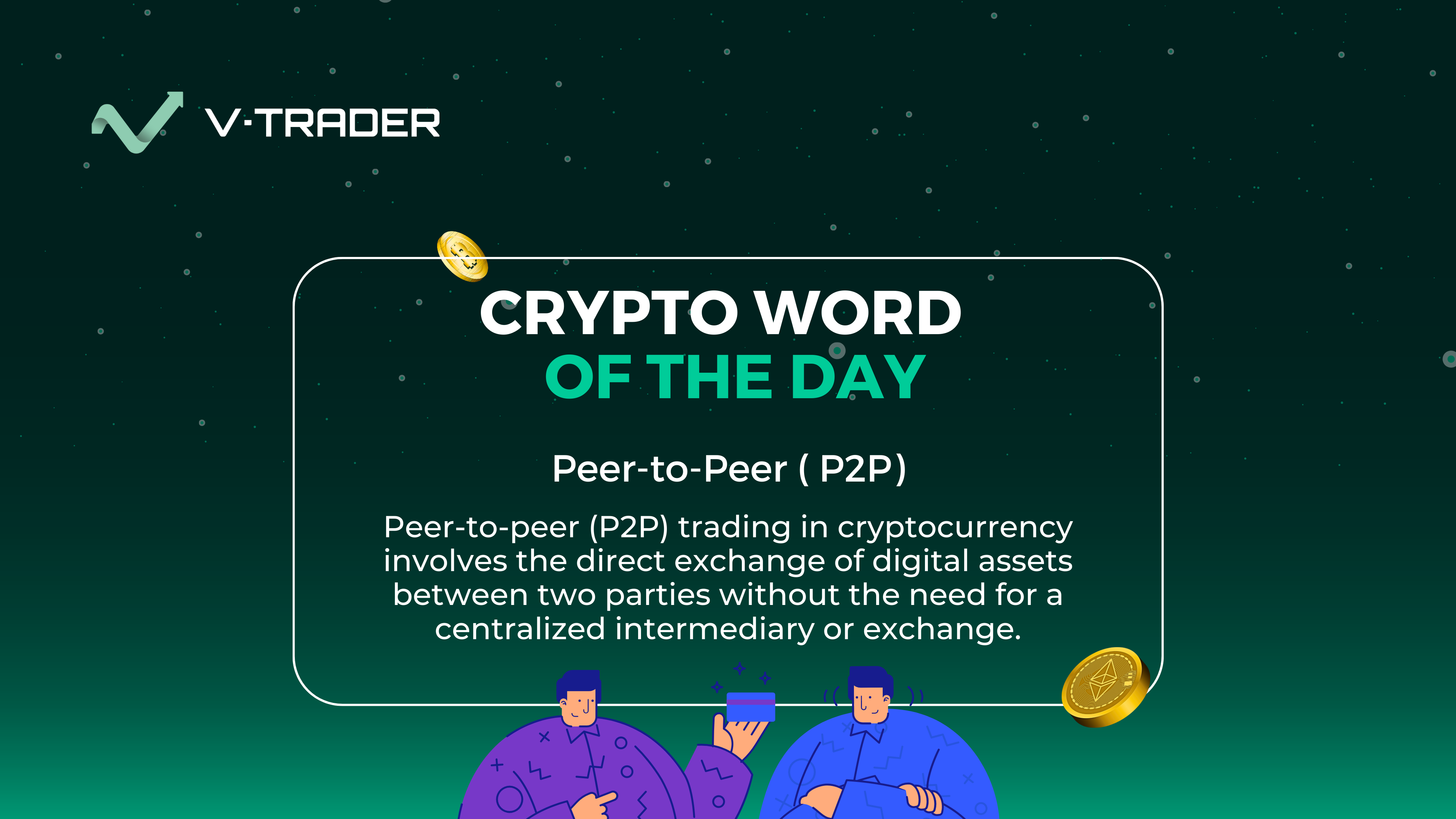Imagine stepping into a market where innovation meets opportunity, where the next big breakthrough could be just a few clicks away. Welcome to the world of altcoins, cryptocurrencies that go beyond Bitcoin’s dominance, offering both promise and peril.
Altcoins are more than just alternatives, they are gateways to higher growth potential, cutting-edge blockchain technology, and portfolio diversification. Yet, navigating this space is not without its challenges. From wild price swings to uncertain project viability, the risks are as real as the rewards.
This guide is your compass, designed to help you uncover the benefits, tackle the risks, and strategize effectively in the dynamic realm of altcoin investments. Ready to explore the untapped potential of digital currencies? Let’s dive in.
What Are Altcoins?
Altcoins, or “alternative coins,” refer to all cryptocurrencies other than Bitcoin. While Bitcoin is seen as a digital gold or a store of value, altcoins vary widely in purpose, functionality, and investors appeal.
Types of Altcoins
- Utility Tokens: Used to access services on blockchain platforms (e.g., Chainlink’s LINK).
- Stablecoins: Pegged to fiat currencies, reducing volatility (e.g., USDC, USDT).
- DeFi Coins: Power decentralized finance platforms (e.g., Uniswap’s UNI).
- Meme Coins: Driven by community sentiment, often speculative (e.g., Dogecoin).
- Smart Contract Platforms: Enable decentralized applications, like Ethereum or Cardano.
Potential Benefits of Investing in Altcoins
Higher Growth Potential
Altcoins often experience exponential price increases during bullish crypto market cycles, offering significant rewards compared to more established assets. Unlike Bitcoin, which has already claimed its spot as the market leader, many altcoins are still in their early stages, offering investors the chance to ride the wave of exponential growth that Bitcoin once had.
These digital assets often introduce innovative technologies or niche solutions that can disrupt entire industries, creating opportunities for massive returns.
Early Adoption Advantage
Investing in potential altcoins early can result in massive returns as the project gains traction and adoption increases.
While the risk is undeniable, the allure of discovering the next game-changing altcoin fuels the thrill, making it a compelling option for investors looking to outpace traditional market growth.
Diversification
Altcoins provide an opportunity to diversify portfolios beyond Bitcoin, reducing reliance on a single asset’s performance. Diversification is a cornerstone of smart investing, and altcoins offer a dynamic way to spread risk and expand opportunities within the cryptocurrency market.
While Bitcoin may dominate the headlines, altcoins introduce unique features, use cases, and growth potential that can complement and balance an investor’s portfolio.
This strategy not only mitigates risk but also opens doors to participate in a broader spectrum of the crypto revolution, enhancing overall portfolio resilience and potential returns.
Innovation and Technology Exposure
By investing in altcoins, you support cutting-edge blockchain technology, such as advanced smart contracts or decentralized governance models. Investing in altcoins is more than a financial decision, it’s a way to invest in innovation at the frontier of human technology.
Many altcoins drive advancements in areas like smart contracts, decentralized finance (DeFi), and even next-generation governance models that challenge traditional systems. These digital assets often fuel ecosystems where groundbreaking solutions to real-world problems are developed, such as faster transactions, greater scalability, or enhanced privacy.
By diversifying into altcoins, investors gain exposure to these technological leaps, positioning themselves at the forefront of a rapidly evolving digital landscape while supporting projects that may redefine industries.
Lower Entry Barriers
Altcoins offer an easy gateway to the world of digital assets, especially for investors working with modest budgets. Altcoins often have a lower price per token, making them accessible to investors with tight budgets seeking exposure to digital assets.
Unlike Bitcoin, whose high price per token can feel out of reach for many, altcoins often come with a significantly lower cost of entry. This affordability allows new investors to participate in the cryptocurrency market without needing substantial capital, fostering inclusivity and accessibility.
Risks Associated with Altcoin Investments
Volatility
Altcoins are highly volatile, with prices often experiencing significant swings in short periods. These sharp fluctuations can lead to impressive gains but also substantial losses, making them a high-risk investment. Factors like smaller market capitalization, speculative trading, and shifting market sentiment contribute to this unpredictability.
For investors, this means altcoin investments require careful planning and a willingness to accept the potential for sudden price drops alongside the possibility of high returns.
Regulatory Concerns
The lack of consistent global regulations leaves many altcoins vulnerable to bans, crackdowns, or legal challenges. Regulatory concerns are a significant risk for altcoin investors, as the global landscape for cryptocurrency regulations remains fragmented and uncertain.
Governments and regulatory bodies may impose restrictions, bans, or new compliance requirements that could impact the viability or accessibility of certain altcoins. These actions can cause sudden price drops, limit market access, or even lead to the delisting of tokens from exchanges.
Scams and Fraud
With thousands of projects in the cryptocurrency market, identifying legitimate altcoins can be challenging. Some projects are outright scams or poorly executed ventures.
Some altcoins are created with deceptive intentions, luring investors with promises of high returns or groundbreaking technology that never materializes. Fraudulent initial coin offerings (ICOs), rug pulls, and pump-and-dump schemes are all too common in the space, leading to significant losses for unsuspecting investors.
Conducting thorough due diligence and scrutinizing project details, such as the team’s credibility, the whitepaper, and the use case, is crucial to avoiding scams and safeguarding your investments.
Liquidity Challenges
Liquidity challenges are a common issue with many altcoins, particularly those that are less established or have a niche market appeal.
Low trading volumes can lead to significant price slippage when buying or selling, making it harder for investors to execute large transactions at a fair market price. This lack of liquidity can also result in prolonged periods where it’s difficult to exit a position, leaving investors vulnerable to sudden market downturns.
To mitigate this risk, it’s important to assess the trading volume and market activity of an altcoin before investing, ensuring that there’s sufficient liquidity to support your investment strategy.
Project Viability
Some projects lack a well-defined roadmap, reliable leadership, or a solid use case, making them susceptible to failure. Without a clear vision or the technical and business infrastructure to back it up, these altcoins can quickly lose value or even become obsolete.
As a result, high failure rates are a common issue within the altcoin market. To mitigate this risk, conducting thorough research of the company’s business model is essential.
Before investing, it’s crucial to assess the project’s team, development progress, use case, and market demand to ensure its long-term potential and sustainability.
How to Evaluate an Altcoin Before Investing
Review Project Fundamentals
Study the altcoin’s whitepaper, roadmap, and team. Projects with transparent goals, a skilled team, and a solid technological foundation are more likely to succeed. When evaluating an altcoin, it’s essential to thoroughly review its project fundamentals.
- Start by reading the whitepaper, which outlines the project’s vision, goals, technology, and how it plans to address real-world problems.
- A detailed, clear roadmap is equally important, as it shows the project’s timeline for development, milestones, and future plans.
- Additionally, investigate the team behind the project, look for experienced developers, advisors, and a history of successful projects.
Altcoins with transparent goals, a capable team, and a strong technological foundation are more likely to succeed and withstand market challenges, making them a safer investment option.
Evaluate Community and Partnerships
A vibrant and engaged community is another key indicator of an altcoin’s credibility and growth potential. A strong community can drive awareness, adoption, and market momentum, and is often a sign that the project has a dedicated base of supporters who believe in its mission.
In addition to community support, reputable partnerships can add another layer of validation. Collaborations with established companies, organizations, or other blockchain projects lend credibility and can open up new opportunities for growth.
Altcoins with robust communities and strategic partnerships are more likely to gain traction, making them a promising investment choice.
Tips for Altcoin Investors
Portfolio Allocation
When investing in altcoins, it’s essential to carefully consider how much of your portfolio to allocate to these digital assets.
If you’re comfortable with higher risk and are seeking significant growth, you might dedicate a larger portion of your portfolio to altcoins. On the other hand, if you prefer stability and lower risk, it’s wiser to maintain a more conservative allocation with the majority of your portfolio in more established assets.
Regularly reassessing and adjusting your portfolio allocation as market conditions change will help you stay ahead of the constantly shifting landscape.
Staying Informed
Staying up to date with new information is crucial when investing in altcoins. The cryptocurrency market is fast-moving and highly sensitive to news, regulatory changes, and major project updates.
By regularly monitoring developments, such as technological advancements, partnership announcements, and shifts in market sentiment, you can gain a competitive edge. Being aware of emerging trends allows you to make timely decisions, whether it’s capitalizing on a promising new project or avoiding an altcoin facing potential setbacks.
Security Measures
To protect your assets from potential threats such as hacking and scams, always store your altcoins in secure wallets, like hardware wallets, which offer offline storage and are less vulnerable to cyberattacks.
For those who prefer exchanges, using trusted platforms like vTrader ensures a higher level of security and reliability. Additionally, implement strong security practices, such as enabling two-factor authentication (2FA) and creating complex, unique passwords for your accounts.
Conclusion
Diving into altcoins is more than just a financial move, it’s an exploration of the future of digital assets. The rewards are enticing, the growth potential is undeniable, but the risks are real. It’s not just about chasing the next big thing, it’s about understanding the technology, doing the work, and making bold, informed decisions that align with your unique financial views.
By embracing the volatility, diversifying your assets, and leveraging platforms like vTrader, you’re not just investing in cryptocurrency, you’re investing in the future of blockchain technology and your own financial freedom.Now, it’s your turn. Step beyond the surface of Bitcoin, dive deep into the world of altcoins, and begin shaping your financial future today. With vTrader by your side, you have the tools and infrastructure to navigate this thrilling journey. The world of digital assets is waiting, don’t just watch it unfold, be a part of it.

Steve Gregory is a lawyer in the United States who specializes in licensing for cryptocurrency companies and products. Steve began his career as an attorney in 2015 but made the switch to working in cryptocurrency full time shortly after joining the original team at Gemini Trust Company, an early cryptocurrency exchange based in New York City. Steve then joined CEX.io and was able to launch their regulated US-based cryptocurrency. Steve then went on to become the CEO at currency.com when he ran for four years and was able to lead currency.com to being fully acquired in 2025.


